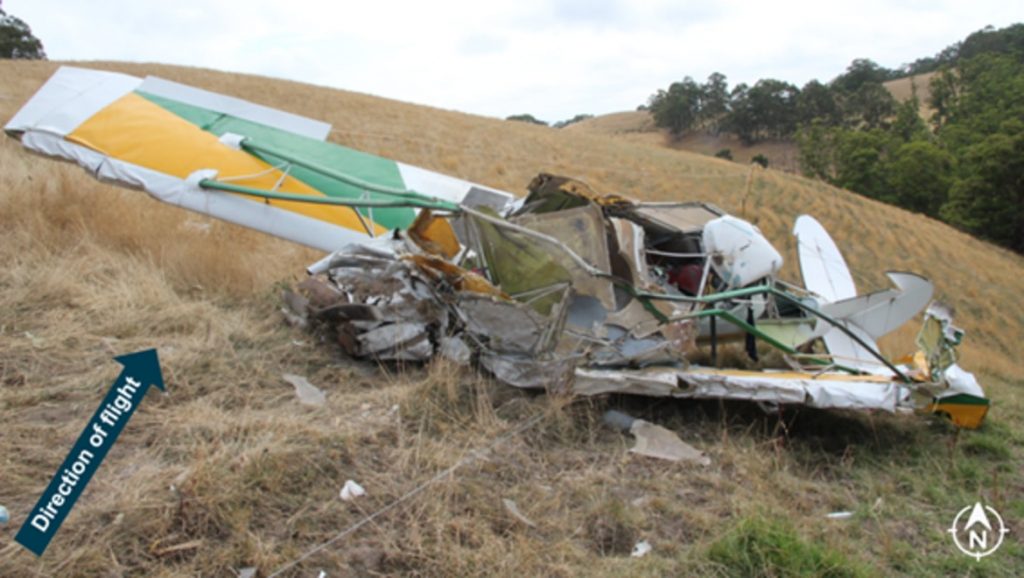An ATSB report into a fatal Piper Pawnee crash in February will make the aircraft’s weight after take-off a major facet of its investigation.
The safety bureau’s preliminary findings into the incident, which killed a 60-year-old man in Gippsland, east of Melbourne, has found no pre-impact defects with the aircraft’s flight controls or structure.
However, experts are unable to verify how much fertiliser was loaded into the agricultural aircraft’s hopper for its spraying operation, with a loader driver unable to recall the exact amount.
The findings formed part of the ATSB’s early probe.
The ATSB’s director of transport safety, Dr Mike Walker, said, “Should a critical safety issue be identified during the course of the investigation, the ATSB will immediately notify relevant parties so appropriate and timely safety action can be taken.”
The report, which details factual information established in the early evidence collection phase of the investigation, notes the Piper Pawnee aerial application aircraft was flown from Leongatha to a private landing area 25 km north at Seaview, Victoria on 23 February 2022.
VH-SEH landed at about 0700 local time, in preparation for aerial spreading of superphosphate pellets.
A loader driver arrived shortly afterwards and, finding the loader already pre-filled with superphosphate pellets by the pilot, transferred them into the aircraft’s hopper.
The landing area was normally used for cattle grazing, and was prepared for aerial application operations once a year. It had been mowed into a ‘Y’ configuration by the pilot in the days before the accident.
“Data from the aircraft’s onboard GPS showed the pilot commenced take-off at about 0711,” said Dr Walker.
“According to witnesses and video, the aircraft accelerated along the strip and traversed the right branch of the ‘Y’ and briefly became airborne at a point at the end of the strip, where the terrain dropped away.”
The outboard section of the aircraft’s left wing then struck trees, and the aircraft rolled to the left, pitched down, and crashed into the ground.
The pilot was killed, and the aircraft destroyed.
“The ATSB’s on-site examination of the aircraft wreckage indicated no pre-impact defects with the aircraft’s flight controls or aircraft structure,” Dr Walker noted.
“Damage to the propeller indicated the engine was driving it with significant power at impact, and preliminary audio analysis of a witness video indicates the engine was at or close to its maximum rotational speed throughout the take-off.”
Based on local weather observations and the witness video, the weather at the time was fine with the wind likely calm.
Dr Walker noted that while the aircraft’s hopper was capable of carrying about 700 kg of pellets for aerial application, its maximum permissible load was 544 kg.
“The exact volume or weight of superphosphate loaded into the aircraft prior to the accident could not be determined, and the loader driver could not later recall how much superphosphate had been loaded,” he said.
Dr Walker said the investigation is continuing and will include examination of pilot and aircraft records and further analysis of the witness video and the aircraft’s GPS data.
“In addition, consideration of aircraft weight and balance and take-off performance is a central theme of this investigation.”
A final report will be released at the conclusion of the investigation.
















